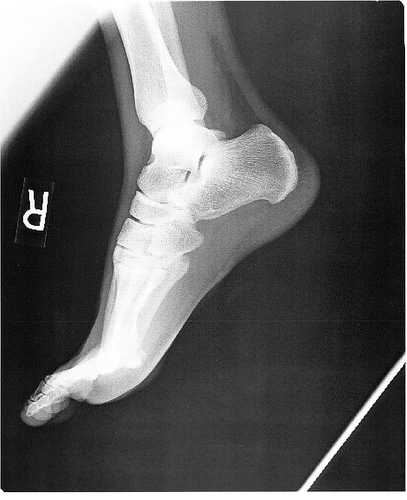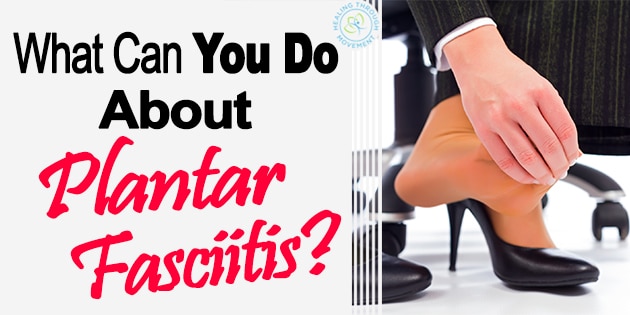Preventing Plantar Fasciitis
 The first line of treatment, which is almost always the most effective, is prevention. Stretching the calf (Gastroc or Gastronemius) after activity is recommended to minimize the microtrauma incurred during running, jumping, or landing.
The first line of treatment, which is almost always the most effective, is prevention. Stretching the calf (Gastroc or Gastronemius) after activity is recommended to minimize the microtrauma incurred during running, jumping, or landing.
Wearing good quality shoes is a common suggestion, but it is one of the most essential preventive measures against plantar fasciitis. Well-fitting and comfortable shoes with good heel supports are recommended. If your arch is too high or if you have flatfeet, over the counter or customized orthotics may be inserted into your shoes for better arch support.
Excess weight adds stress to the plantar fascia, most especially during the mid-stance phase where the arch flattens to absorb shock during ground contact. Losing weight through diet and exercise may help lessen the pain. You may consult your physician to determine how much you need to lose and which weight reduction method is the best one for you.
If your job requires prolonged or static standing on a hard surface, you may apply padding on the floor to lessen the pain and pressure.
Plantar Fasciitis Treatment
 Plantar fascia is not adequately supplied with oxygenated blood, which makes the recovery time longer than most less complicated cases of musculoskeletal injuries. The treatment and rehabilitation process, which may range from six weeks up to six months, can be a tedious and frustrating task; however, with consistent treatment applications, complete recovery from plantar fasciitis is highly attainable. It is estimated that 82 out of 100 patients with plantar fasciitis can achieve complete recovery within five months after initiating treatment (Johnson, 2008). Recovery is widely attributed to the positive effects of different treatment combinations, most of which are conservative. Compliance with non-surgical interventions including multimodal treatment approaches generated success rates of 70 to 89.5% (Sorensen, Hyer & Berlet, 2009).
Plantar fascia is not adequately supplied with oxygenated blood, which makes the recovery time longer than most less complicated cases of musculoskeletal injuries. The treatment and rehabilitation process, which may range from six weeks up to six months, can be a tedious and frustrating task; however, with consistent treatment applications, complete recovery from plantar fasciitis is highly attainable. It is estimated that 82 out of 100 patients with plantar fasciitis can achieve complete recovery within five months after initiating treatment (Johnson, 2008). Recovery is widely attributed to the positive effects of different treatment combinations, most of which are conservative. Compliance with non-surgical interventions including multimodal treatment approaches generated success rates of 70 to 89.5% (Sorensen, Hyer & Berlet, 2009).
Non-surgical measures for the treatment of plantar fasciitis include rest, icing, stretching and strengthening exercises, oral intake of non-steroidal anti-inflammatory medications, corticosteroid injections, orthotic use, weight loss, physical therapy, night splinting, and heel pads.
Rest
Rest is the simplest and most important treatment for plantar fasciitis. If you are having heel pain, it is best to rest your foot until the inflammation or pain goes away. Activity modification and avoidance of pain-inciting activities contribute to successful pain relief. Running and jumping can be replaced by less strenuous activities like swimming and cycling. If the pain is extremely severe, use of crutches, casting, or immobilization in a walker boot may be considered.
Rick Kaselj, MS
.
